I tried the SourHouse DoughBed, a gadget designed to proof your bread right every single time – I was skeptical, but it really works
It may have improved my sourdough loaf, but there’s one big caveat
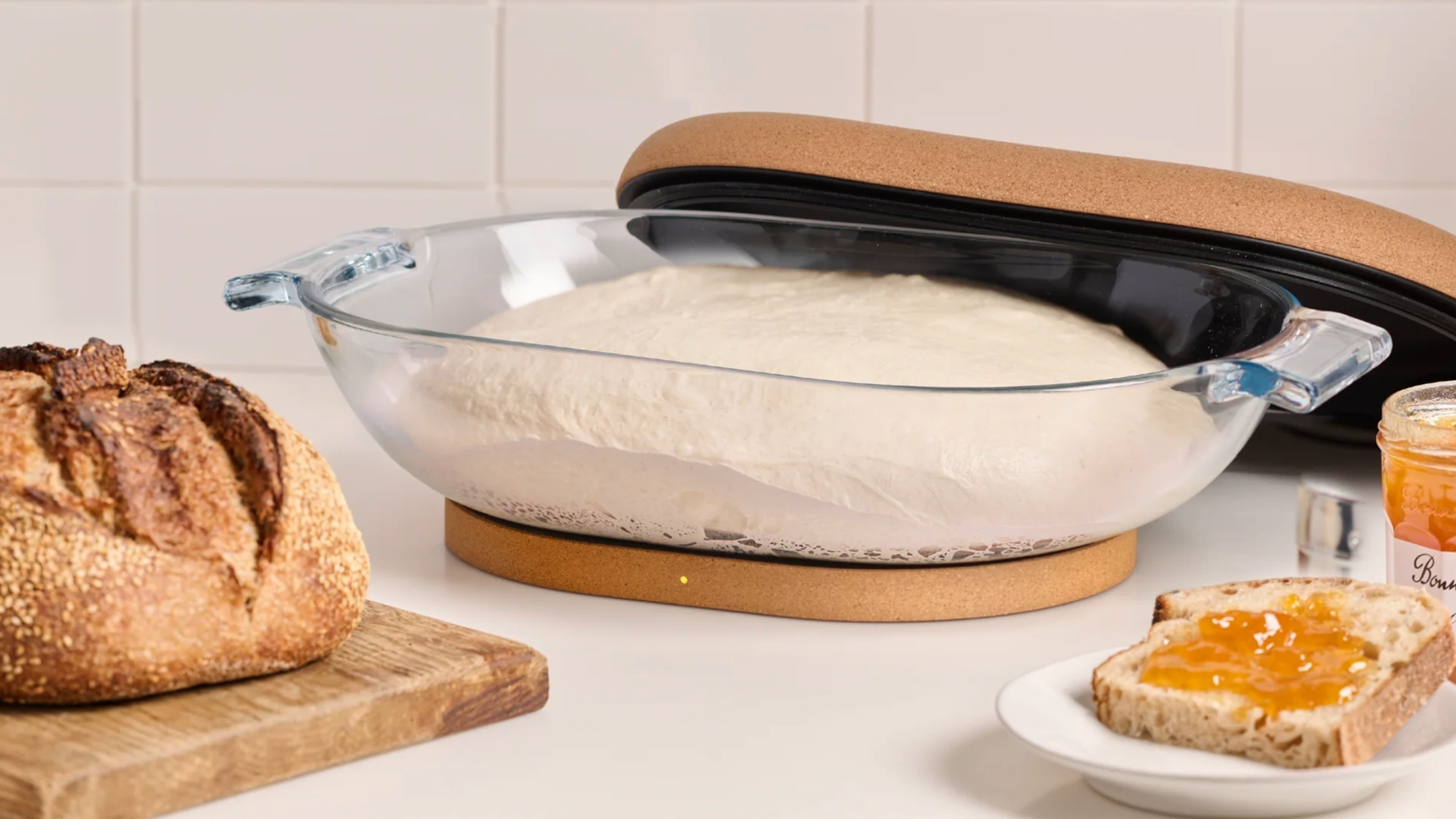
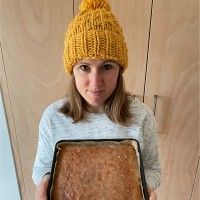
I’ll admit to being one of those annoying people who started making sourdough bread during the Covid lockdowns. But for me, the journey didn’t end as soon as we were allowed to run to our favourite bakeries again. However, despite now having five years experience under my belt, I still haven’t nailed a consistently perfect sourdough loaf, which is something the best bread makers just can't get right either.
One thing I notice is that I get very different results in summer to winter. As my house gets colder I struggle to allow the bread enough time for the ‘bulk prove’ phase. I like routine, and tend to just give it the same amount of proving time regardless of how cold my kitchen is. But this can result in under proving and a heavier, denser loaf.
So when the team at Ideal Home asked if I wanted to try the Sourhouse DoughBed (£215 at SourHouse), I was very intrigued by the promise that it would help me achieve a consistent prove every time. It’s essentially a container that keeps the dough at a stable cosy temperature, for optimum proving. I won’t lie though, my eyes bulged when I saw the price tag. Here's how I found it.
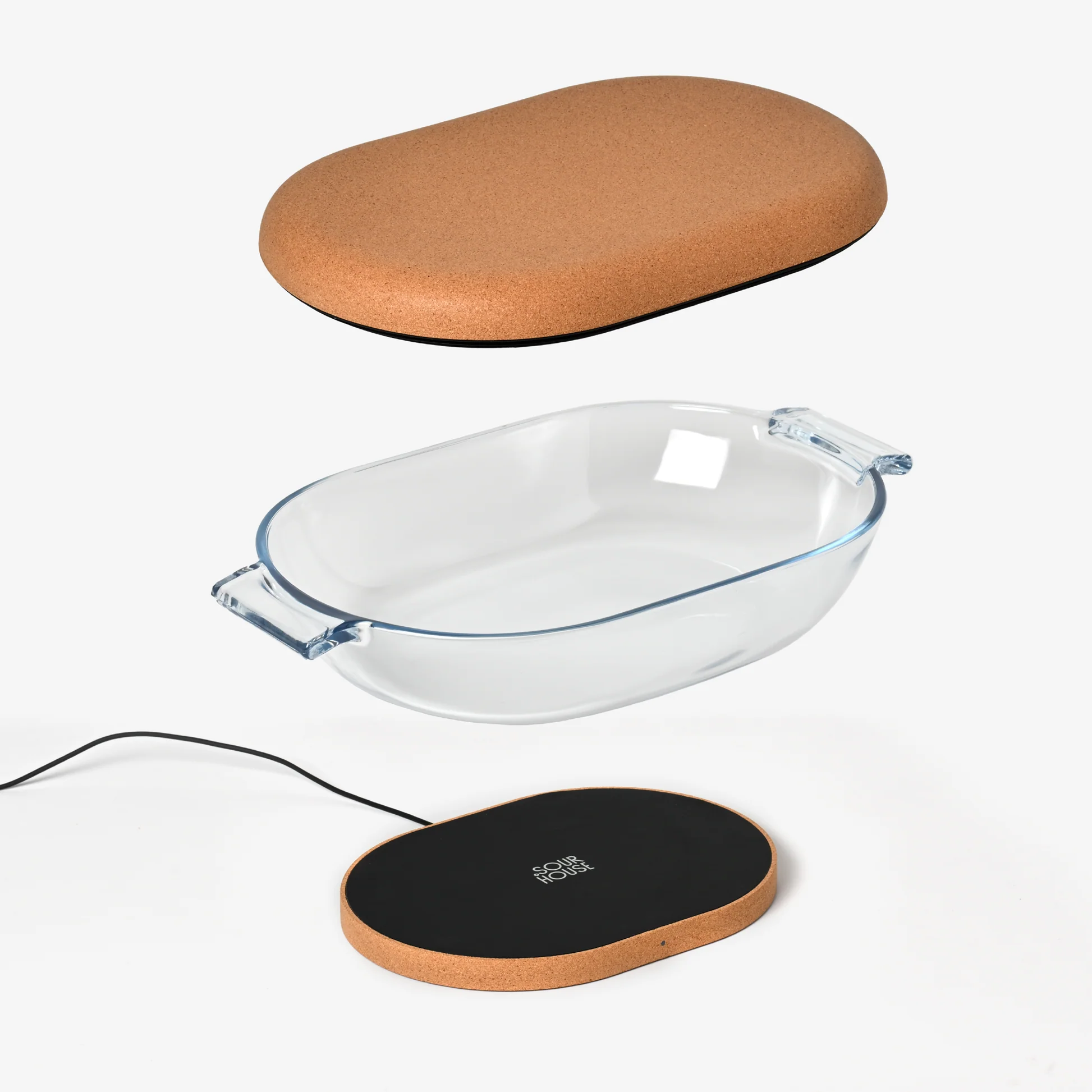
Featuring a warming mat, a glass dough bowl, and a cork lid the DoughBed should produce the perfect conditions for your next sourdough loaf.
Available at SourHouse, SousChef and DeliverDeli.
Who tested the DoughBed?

After completing a Home Economics degree, Helen went on to work for the Good Housekeeping Institute and has been reviewing home appliances ever since. She lives in a small village in Buckinghamshire in the UK, where she reviews all sorts of home and garden appliances using her wealth of experience.
Helen used the Sourhouse Doughbed to make her usual loaf of sourdough and after she gave the review unit back, she remembered that her Ninja Combi multicooker has a prove setting, and so will be experimenting with proving her dough in here from now on.
My first impressions
It came neatly packaged, mostly in cardboard with a few plastic bags. As kitchen gadgets go, it’s a simple device that’s very easy to set up. The main glass bowl is made of very thick sturdy glass. It is bigger than I expected though and measures 44cm across the top (including the handles).
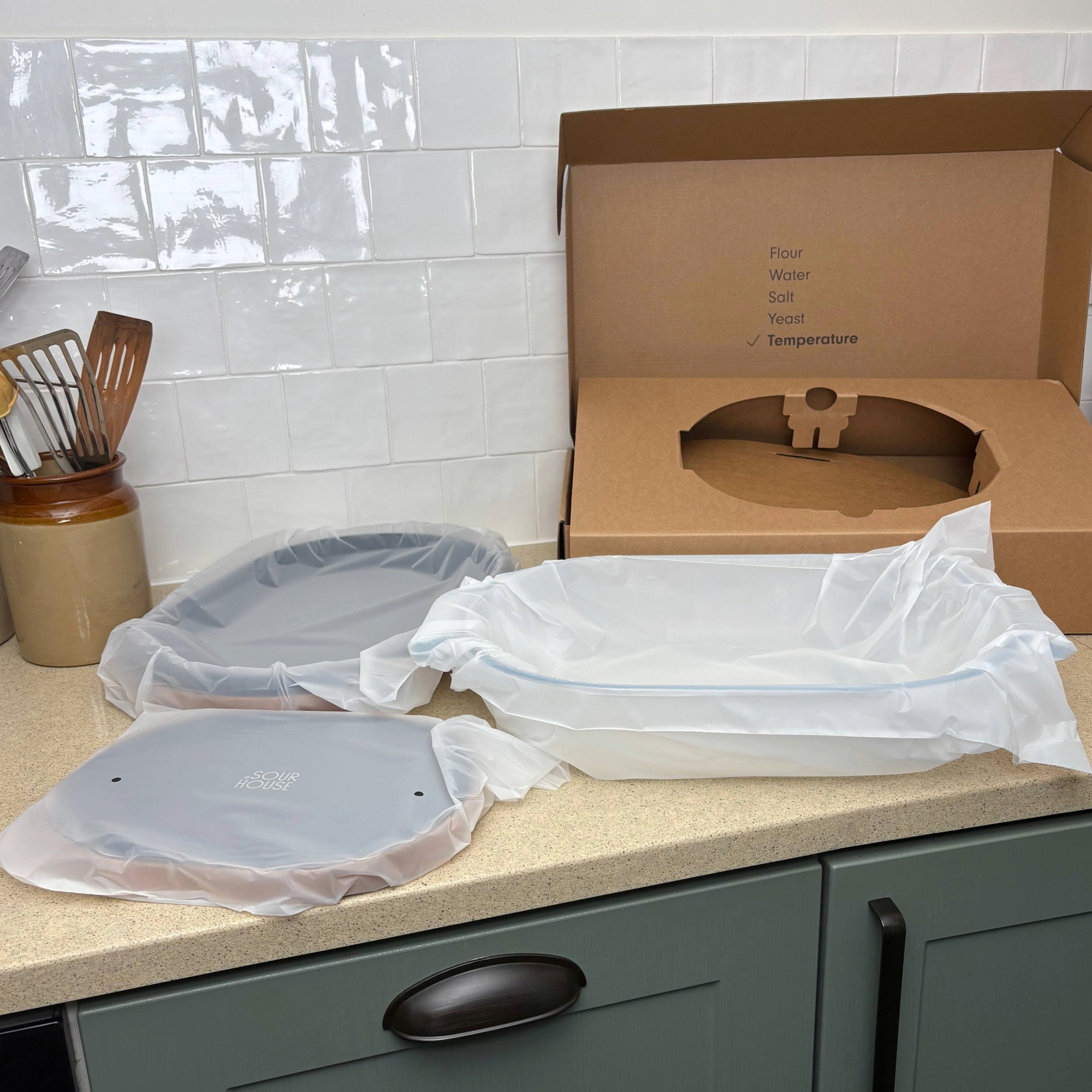
The bowl comes with a cork lid that has a removable plastic inner liner for easy cleaning. The bowl sits on the heat mat, which is essentially the bit that does all the work. They don’t lock together in any way, but the mat has a kind of rubbery top which stops the glass bowl sliding around on it.
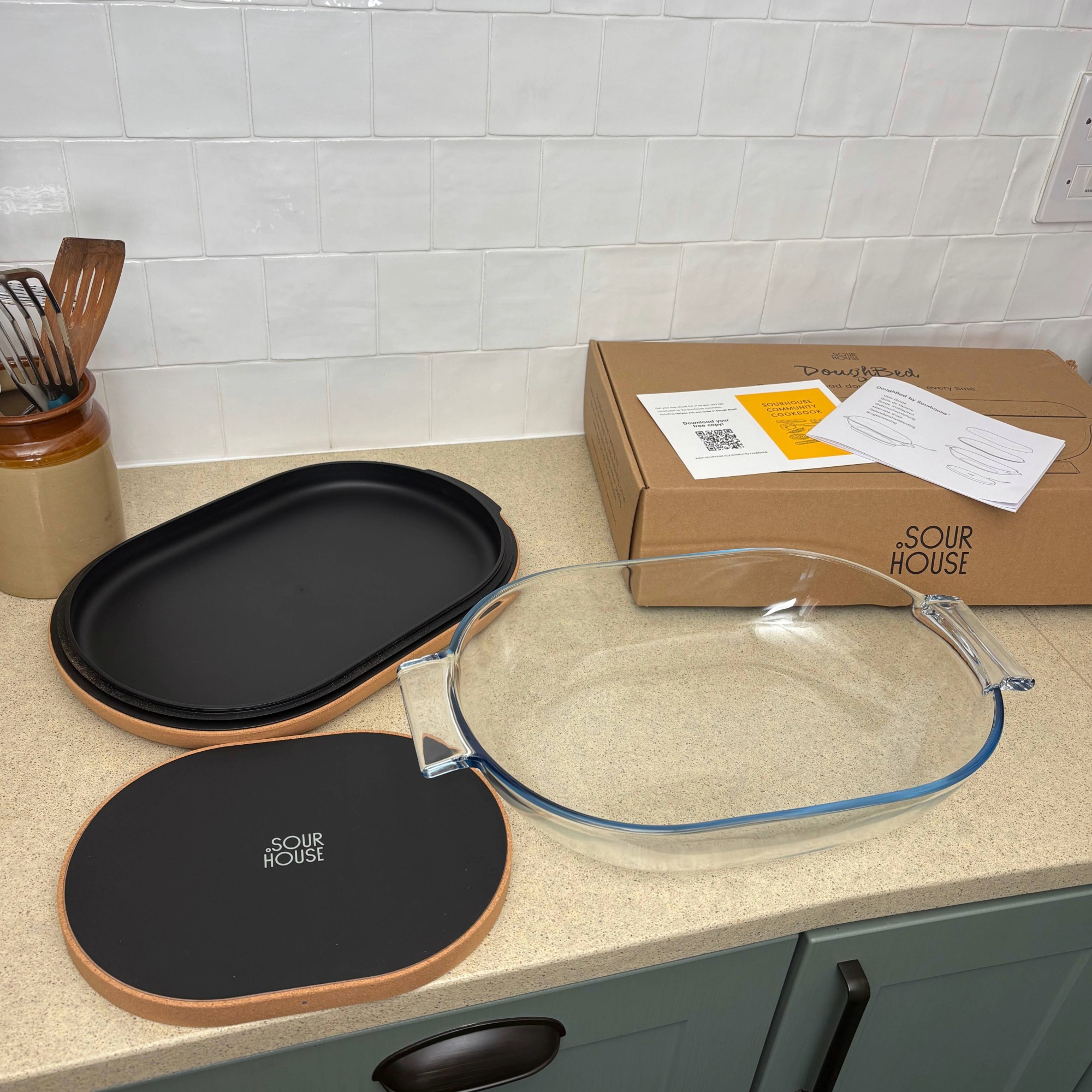
Coiled up in a storage area underneath the heat mat, I found the USB power cable. It doesn’t come with a plug though, so I had to supply my own. There are no switches or controls, it’s simply turned on when it’s plugged in, and a handy little orange light on the front indicates that it has power.
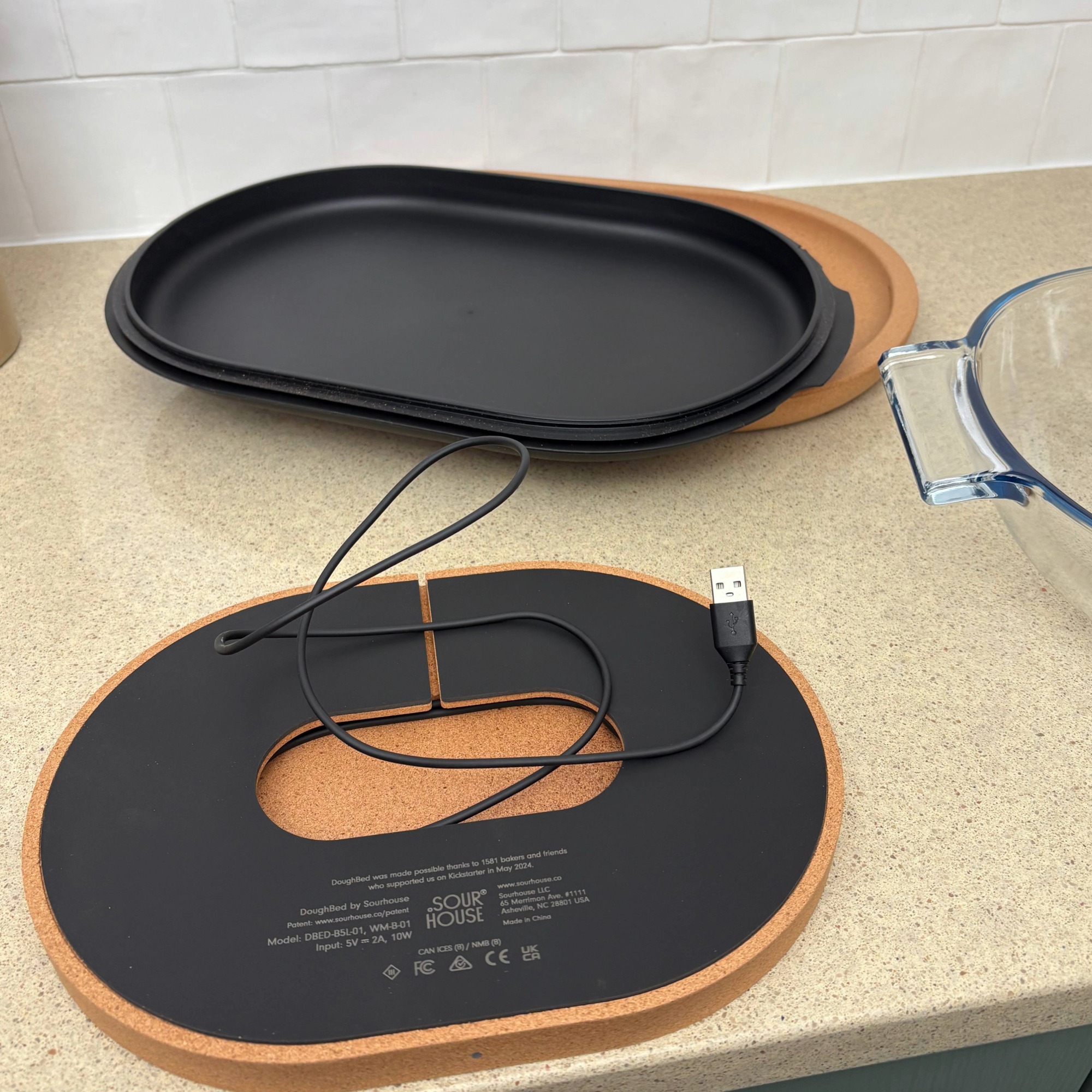
The heat mat element of the DoughBed.
A QR code included with the instruction manual sent me to an exhaustive forty six page proving guide. I made sure to read through it before using the Doughbed, and I definitely learnt some things about the bulk proving stage that I hadn’t previously understood, so it’s absolutely worth taking the time to read through this guide, even if you’re not a beginner.
Sign up to our newsletter for style inspiration, real homes, project and garden advice and shopping know-how
What it was like to use the DoughBed
Armed with my learnings from the proving guide, I made up my usual sourdough recipe and once mixed, plopped my dough into the glass bowl with the lid on. The bowl has the capacity for 1.5kg or a three loaf batch of dough, and I have to say, my single loaf of dough looked quite pathetic in the big bowl.
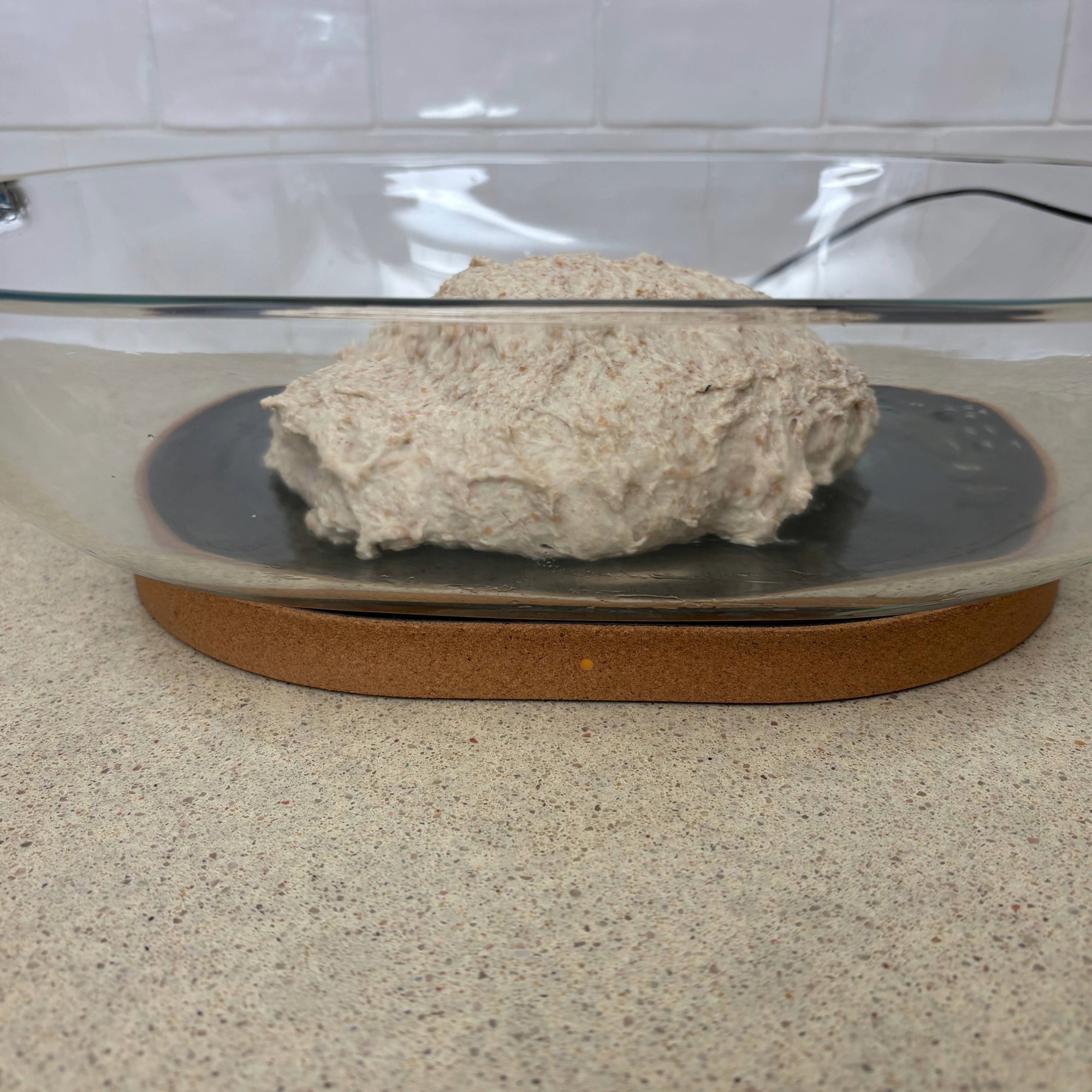
During the first two hours I opened it every 30 minutes and performed my usual stretch and folds. The proving guide gives a suggested proving time of six hours, but this is reduced if you’re only making one loaf and also reduced if your loaf contains some rye or wholemeal flour (mine does).
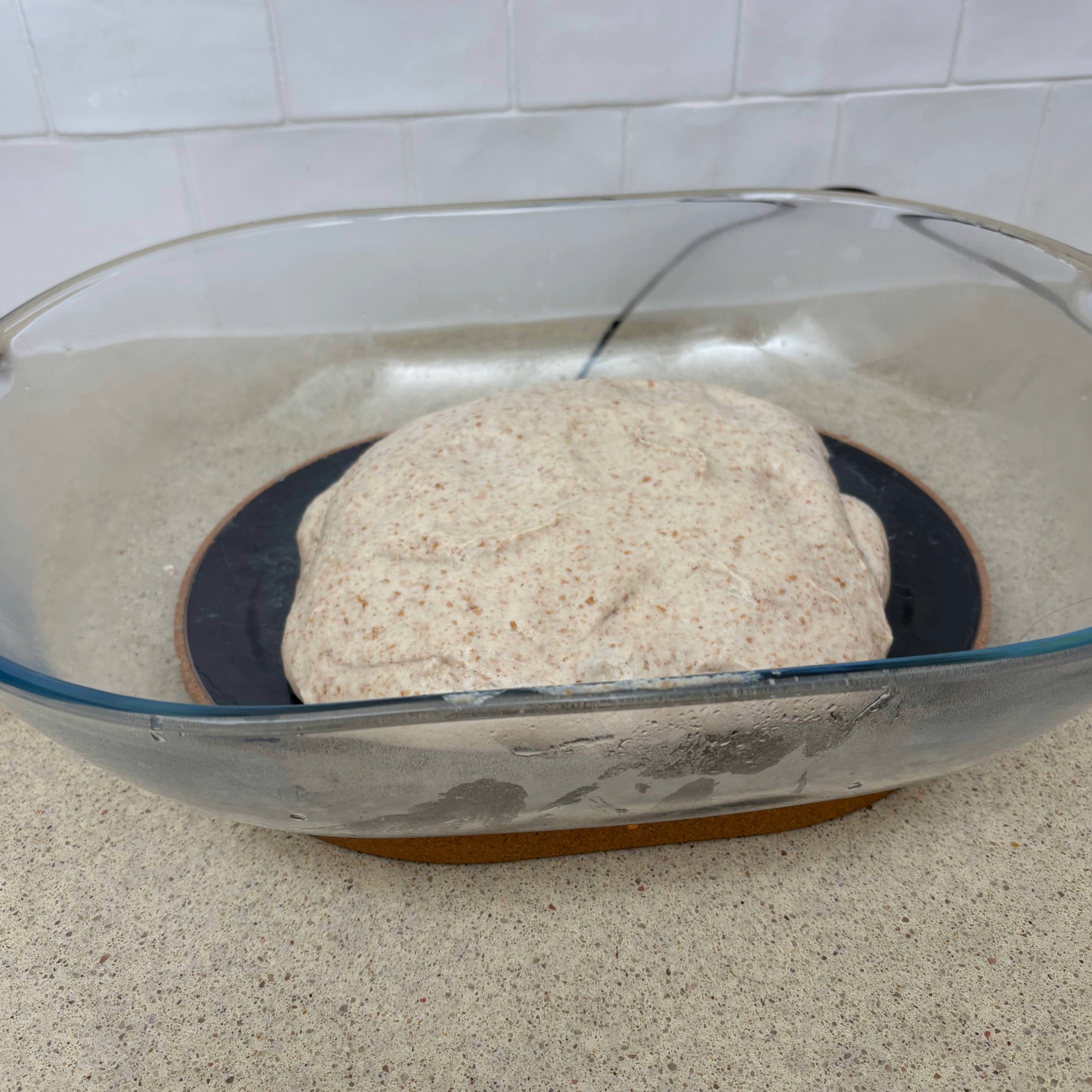
I was also using a higher percentage of starter than suggested in the instructions, which again reduces the proving time. In the end I made the call to take it out when it’d had just shy of four hours in the DoughBed. Then, for the second stage, I let it cold prove in the fridge for 24 hours.
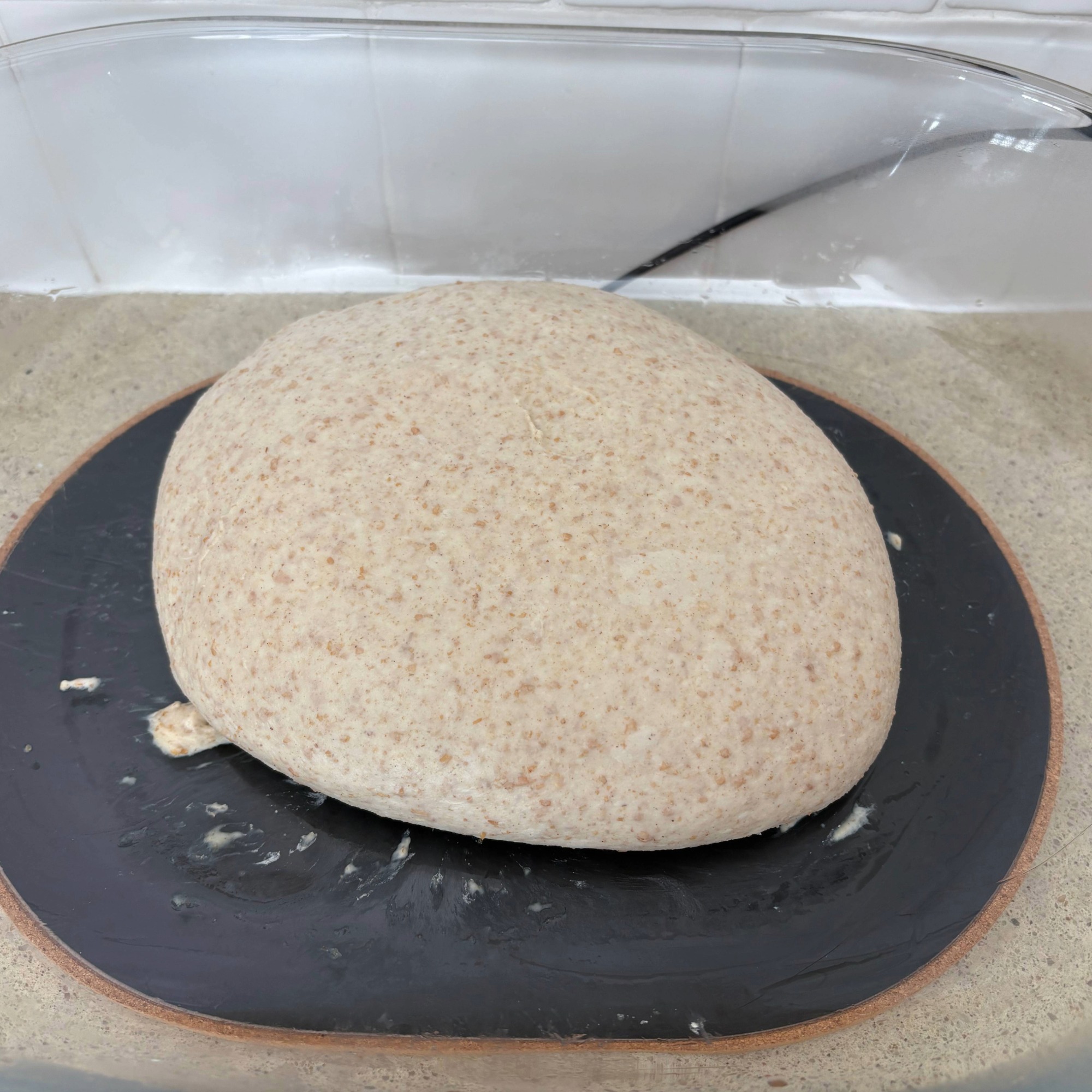
I’m not exaggerating when I say that the cooked loaf was easily the best I’ve produced in months. The rise was good, the texture was much less dense than I’ve been getting recently and it had a great shape.
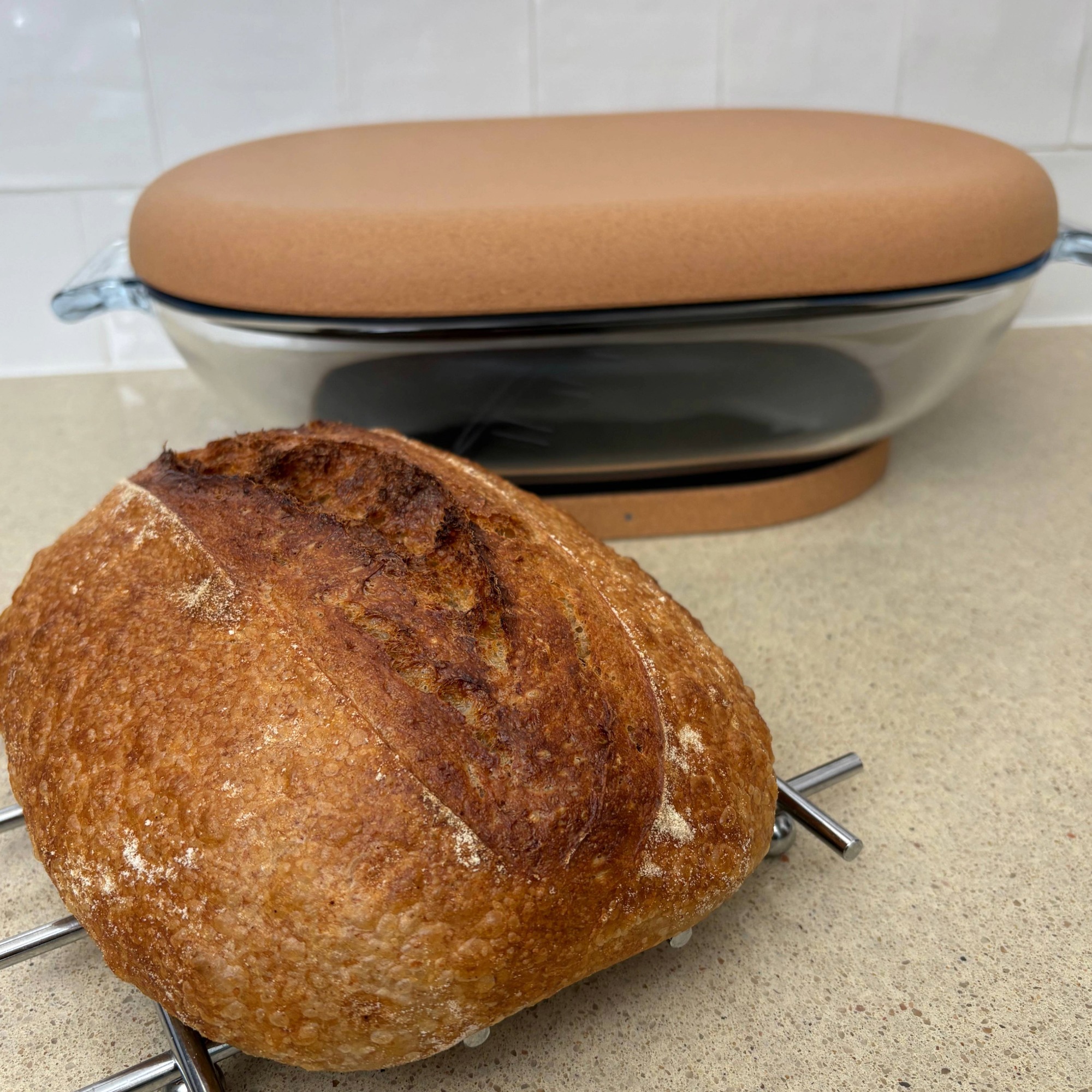
I now completely get how useful it is to have a consistent temperature during the ‘bulk prove’ phase. If the temperature is always the same, it instantly removes one of the variables that can affect the rise.
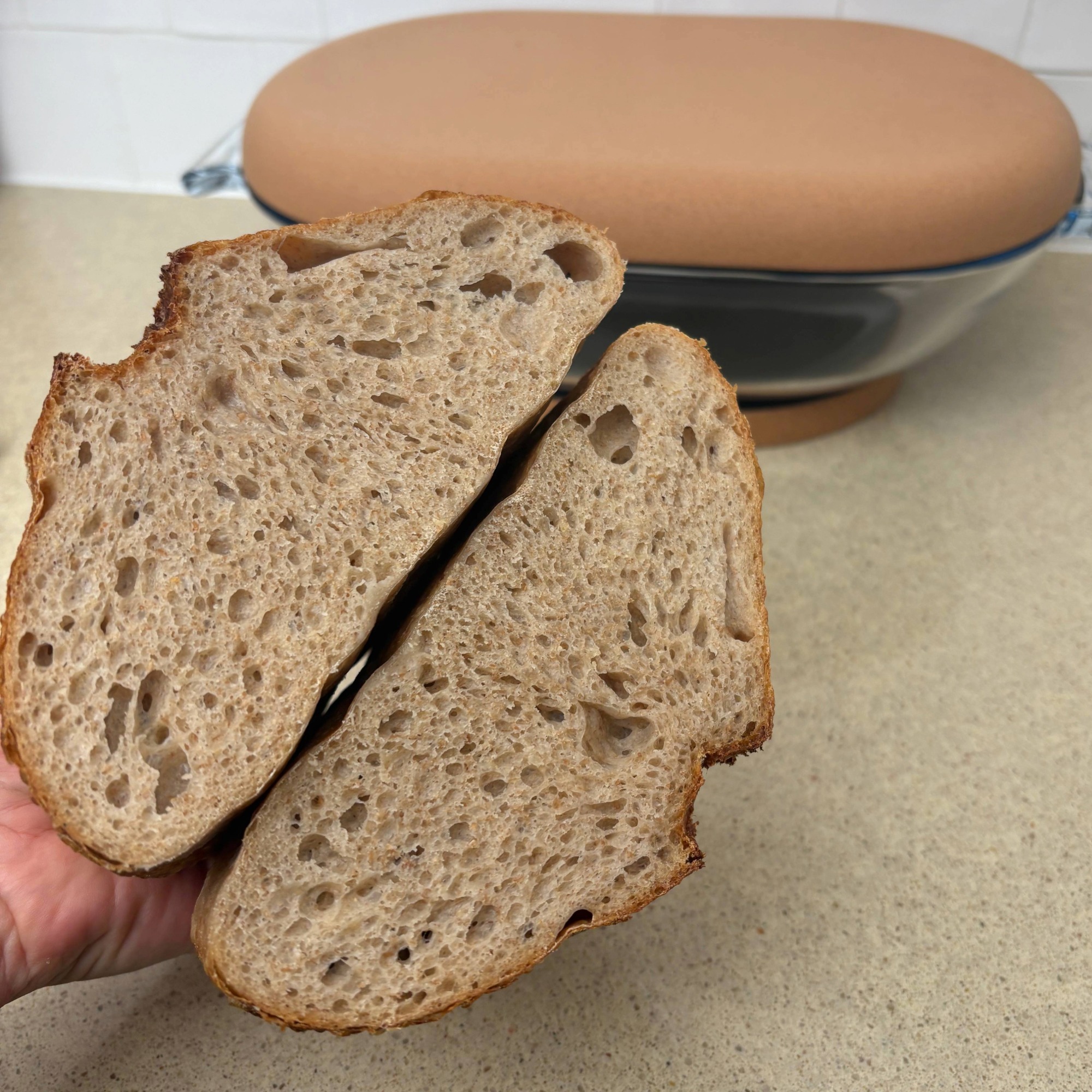
And after a few goes, it allows you to nail the perfect proving time for your recipe. I have to say, even after the first go, I was a convert. Not only that, the proof was in the loaf.
Cleaning and storing the DoughBed
The glass bowl and the plastic lid liner are dishwasher safe. I washed them by hand though because the large bowl would have immediately filled half of my dishwasher rack. And since it only had a bit of dough in it, that seemed like a waste.
I do wonder whether the cork parts would become grubby over time, I think it’s inevitable unless you’re very careful not to touch the lid with dough on your hands. I also noticed that where the plastic part of the lid clicks into the cork part, a section of the cork became quite weak and looked like it might break away. This could be a slight fault with my particular one, but I’d advise taking care when separating the two parts of the lid.
I bake a maximum of one sourdough loaf a week, so it’ll be stored more than it’s used, and finding space for this rather large gadget in my already overflowing kitchen is a concern and definitely something that puts me off.
Should you buy the Sourhouse DoughBed?
I really like the Sourhouse DoughBed and I do absolutely see how it can elevate my sourdough baking process, and help me to make a better loaf more consistently. For me though, there are two main sticking points.
First of all, I’d struggle to justify the storage space in my small kitchen. Secondly, and probably most importantly, I really struggle to justify the price tag. I had this review sample on loan, and even though I’ve tried it and can absolutely see the benefit, for me personally, spending in excess of £200 on a warming gadget to prove my dough is just too much. If you feel the same way, a good alternative might be the Goldie keeper from the same brand (which we've also reviewed), with a smaller price tag of £112.
That being said, if you make several loaves a week, or you’re a sourdough perfectionist, this is definitely a gadget to add to your lineup of sourdough baking accessories. It really helps take the thinking out of the proving process.
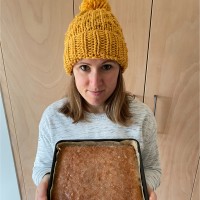
After completing a Home Economics degree, Helen went on to work for the Good Housekeeping Institute and has been reviewing home appliances ever since. She lives in a small village in Buckinghamshire in the UK, where she reviews all sorts of home and garden appliances for Ideal Home using her wealth of experience.